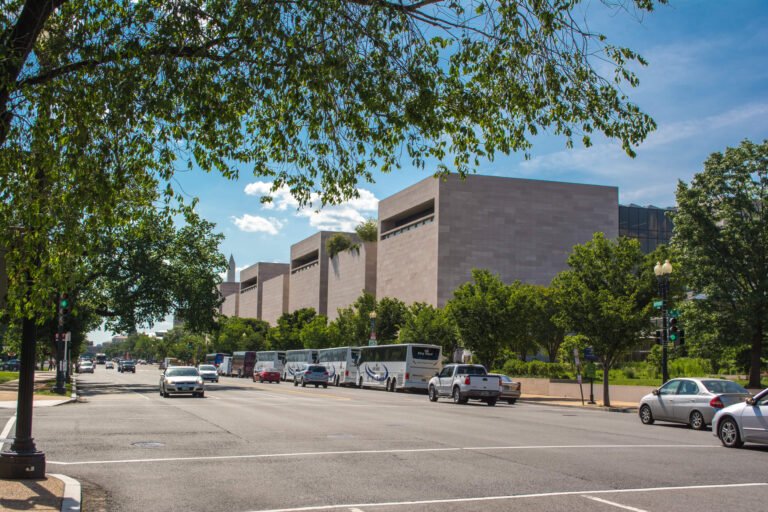Extra controversy on the Sagrada Família, this time over a crowning star
The 139-year construction of the Basílica de la Sagrada Família in Barcelona, Spain, has been fraught with delays and controversies, from the Spanish Civil War in 1936 (when chief architect Antoni Gaudí’s original plans for the building were destroyed) to just last year, when construction was yet again slowed, this time by the COVID-19 pandemic.
Construction of the sprawling basilica has been underway since 1882, in no small part due to the project’s sprawling scope and reliance on private donations for funding. The entire story of Jesus’s life has been planned out in architecture: 18 massive spires, each heavily decorated, are planned, one for each of the 12 Apostles, one for the Virgin Mary, four for the Evangelists, and the final, representing Jesus himself, a central tower that would look down upon the others at a height of 566 feet. The Gothic basilica, officially consecrated as such in 2010 by the Pope, is generally thought of as one of the style’s exemplary structures, and the portions that were completed during Gaudi’s lifetime are designated a UNESCO World Heritage Site.
However, there has always been tension between resident groups and the Junta Constructora del Temple Expiatori de la Sagrada Família, the nonprofit board overseeing construction, over how closely the project hews to Gaudi’s vision. This week was no different, as a massive star erected atop the recently completed Virgin Mary spire. On Monday, November 29, a 12-pointed crystal star bearing more than a passing resemblance to a Swarovski piece was craned into place atop the 452-foot-tall tower, and according to The Guardian, residents aren’t happy.
Salvador Barroso, a spokesperson for one of those aforementioned groups, described the star as “aesthetically horrible” to The Guardian. The 23-foot-wide, 6-ton glass star is a marked departure aesthetically from the rest of the basilica complex, even with the art deco flourishes throughout. The star and the basilica’s 800 windows will be illuminated on December 8 to celebrate the immaculate conception.
Still, a bigger concern for residents and one that they claim the foundation has been ignoring their complaints over, is the plan for a massive staircase up to the basilica’s main entrance that would require demolishing three entire city blocks. Nothing is set in stone, and the foundation has deferred to Barcelona’s City Council, claiming the onus (and responsibility for potentially displacing up to 1,000 residents) is on them to decide.
While the foundation claims that the staircase was part of Gaudí’s original plan for the basilica, residents and some preservationists are convinced that it was added by his successors and can be scrapped without jeopardizing the integrity of the design.
Regardless of whether the plan for the staircase is ever finalized or not, work on it likely won’t begin for quite a while. At the beginning of the pandemic, citing economic uncertainty, the foundation put all work on hold at the basilica except for the Virgin Mary spire until 2024. The entire complex was originally slated for completion in 2026, the 100th anniversary of Gaudi’s death, but that deadline obviously won’t be met given the delay.





